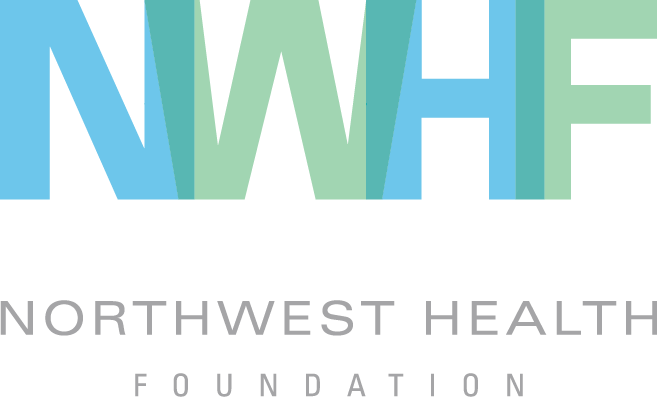How to Include People of all Abilities
/Our Learning Together & Connecting Communities initiative is all about learning from one another and building relationships. So, on November 9th and 10th we hosted our first gathering with our Learning Together partners in Welches, Oregon. This included staff, clients and board members from nine organizations: Immigrant and Refugee Community Organization (IRCO), National Alliance on Mental Illness (NAMI Oregon), Autism Empowerment, Umpqua Valley disAbilities Network (UVdN), David’s Harp, Native American Youth and Family Center (NAYA), Disability Art and Culture Project (DACP), OPAL Environmental Justice Oregon and ourselves, Northwest Health Foundation (NWHF).
For Northwest Health Foundation, the greatest benefit of this gathering was the opportunity to learn how we can include everyone, regardless of ability, in future conversations and events. As it turns out it, it isn’t as difficult as it seems.
The key to inclusiveness is to ask, in as many ways as possible, as often as possible, what people need to participate. Ask as soon as a relationship is established. Ask a couple of months prior to a conversation or event. Ask again in the weeks leading up to an event. Ask at events. And ask post-conversation/event.
For this particular gathering, NWHF started working with participants to make accommodations for physical and mental Disabilities in September. Prior to the event, we secured ADA compliant rooms at The Resort at the Mountain. We hired ASL interpreters. We worked extra breaks into the agenda for those who needed sensory breaks, and we planned a variety of activities (one-on-one, small group and large group, as well as visual, verbal, written, and kinetic) for people with diverse learning styles.
At the event, we went around the room and asked each participant, whether or not they identified as Disabled, to voice how the rest of the group could help them feel included. One participant requested that we show appreciation with silent applause. Many participants asked that we leave pauses in the conversation so that everyone could have the chance to join in without having to talk over one another. Another participant said that dancing helped him participate. We managed to incorporate all of these requests with little extra effort.
Now that the event is over, our next step is to send a follow-up survey to our gathering participants. We will ask them whether they felt included or excluded at the gathering and why, and we will use the answers we receive to improve future events and conversations.
Organizations should be in the habit of asking these questions of everyone, because everyone should be able to participate in every event and conversation regardless of ability. Even people who do not identify as Disabled can benefit from this.
Northwest Health Foundation cannot say that we are experts in this area—not even close. In the past we have not been the best example of these behaviors. However, with the help of our partners, we are learning, and we hope to share that learning with the rest of our Oregon and Southwest Washington community.
In the meantime, check out this awesome music video made by one of our amazing Learning Together partners: Disability Art & Culture Project.


